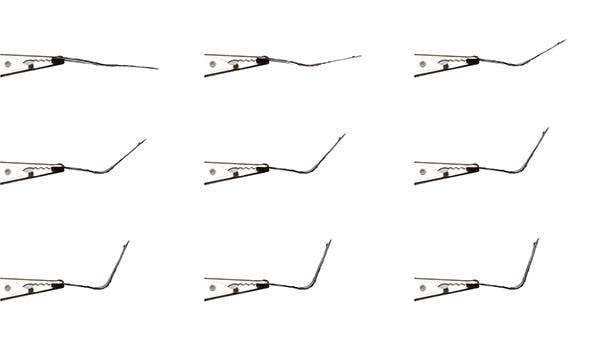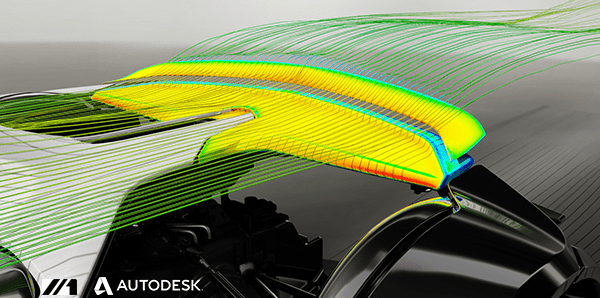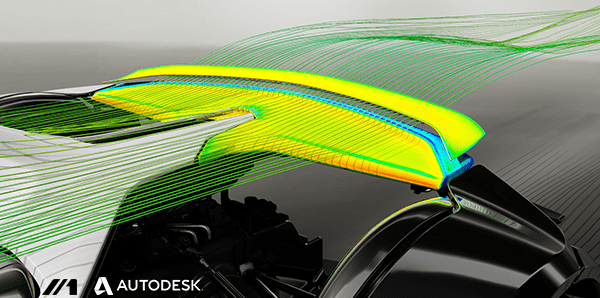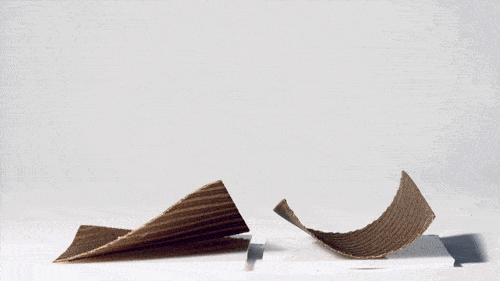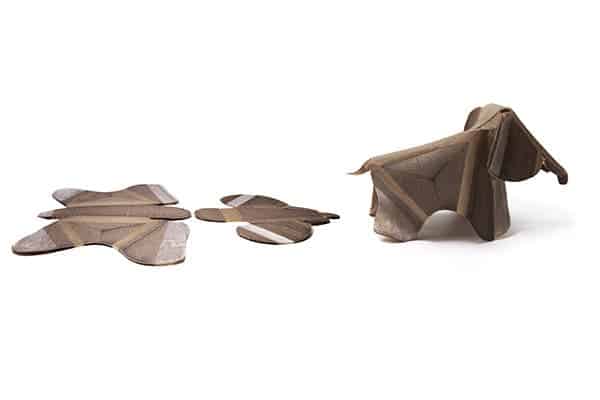A highly fascinating and, surprisingly for some, practical new line of research is concerned with programmable materials; composites designed to become highly dynamic in form and function. When subjected to certain environmental ques, like temperature or pressure, these smart materials can morph and adapt to new conditions. MIT, for instance, is working with self-transforming carbon fiber, printed wood grain, custom textile composites and other rubbers/plastics, which offer unprecedented capabilities including programmable actuation, sensing and self-transformation, from a simple material.
Imaging a package that self-assembles in space into a complete satellite, without the need for computer chips or motorized actuators. Industries that could benefit from such smart materials range from apparel, architecture, product design and manufacturing to aerospace and automotive industries. The ultimate objective is robots without robots.
“Self-Assembly is a process by which disordered parts build an ordered structure through only local interaction. In self-assembling systems, individual parts move towards a final state, wheras in self-organizing systems, components move between multiple states, oscillate and may never come to rest in a final configuration.”
A key technique in the field is 4-D printing, where the fourth dimension is time. These materials change their physical properties and functionality over time based on external stimuli by exploiting the high precision capabilities of 3-D printing. Here are just a couple of programmable material projects fresh off MIT’s Self-Assembly Lab:
Programmable Carbon Fiber
“We’re releasing self-transforming carbon fibre,” Skylar Tibbits, director of Self-Assembly Lab and research scientist at MIT tells WIRED.co.uk. “It’s fully cured but designed to be flexible. What we do is we print with different materials on to the carbon fibre to make it active.”
The programmable carbon fiber has already been eyed by Airbus, which is interested in using the material to replace the need for a robotic mechanism or an opening that causes drag at the top of a jet engine. Because the material changes its shape function of temperature, it can be designed to regulate the airflow for cooling the engine depending on the amount of heat, thus rendering mechanized systems and batteries redundant. In aerospace, the less electronics and mechanical parts you have, the less the risk of failure.
Morphing Supercar Wing
The programmable carbon fibre is also being explored by supercar manufacturer Briggs Automotive Company for aerodynamics, working on the first non-mechanical morphing car airfoil.
“The airfoil can change in different weather conditions,” Tibbits explains. “So flaps can open up to give them more control or stability in the back, and then they can close down when it gets dry again.”
Programmable Wood
Wood might be the last material you might think of that can be programmable, but scientists at MIT’s Self-Assembly lab proved wood is flexible enough to be turned into smart, self-morphing filaments.
“Wood for a long time has been used as an active material,” says Tibbits. “If you get wood wet it starts to curl, especially with thin veneer. Now we can actually print with wood grain, so we literally print out the grains that we want. When it gets wet, we can get a really complex and strange or unique transformation because we’re customising our own grain.”
“If you have a very simple example to go from a flat sheet to a 90-degree fold, it’s easy,” Tibbits explains. “But especially with a lot of complex grains, it becomes challenging.”


